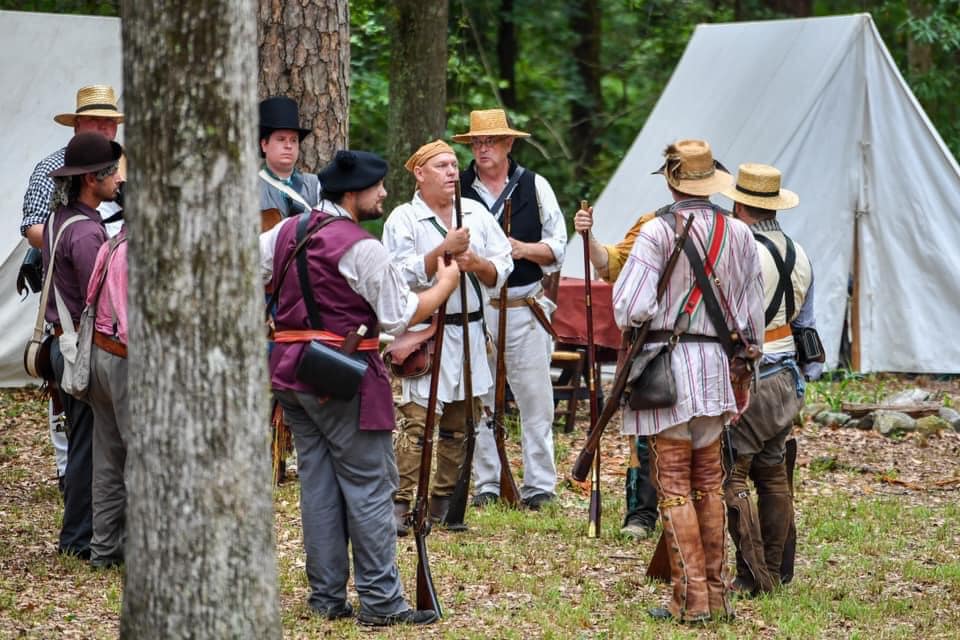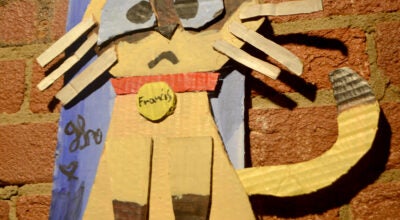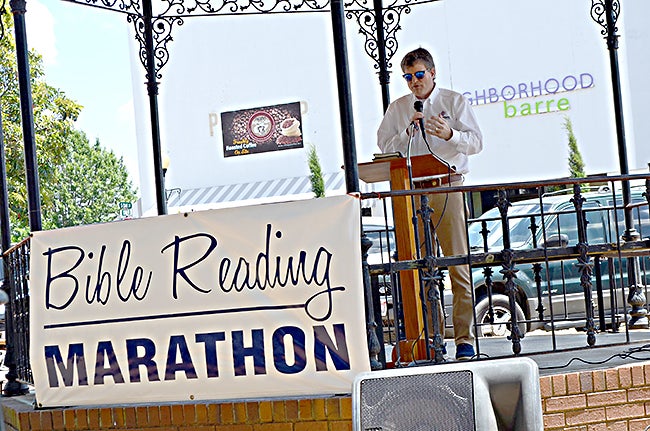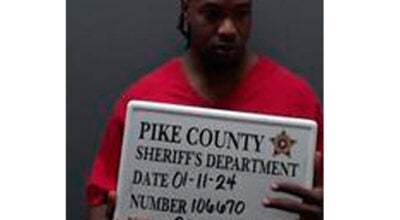Eerily poetic
Published 11:00 pm Monday, October 1, 2012
When the dart hits a cemetery on a dreary October morn, that’s a bit eerie … and a bit poetic.
Beulah Cemetery has the distinction of being the oldest cemetery in Troy proper. Beulah Primitive Baptist Church was organized in 1831. The church grounds were deeded in 1839 and the land on the east side of South Three Notch Street as Beulah Cemetery. With that historic designation, come some very interesting stories about the cemetery and its inhabitants.
Local historian Karen Bullard said that, at the center of the cemetery and the center of the folklore surrounding it, is the gravesite of Joel Winslett.
“Stories handed down insist that in 1860, Mr. Winslett was buried sitting up in his favorite rocking chair, ” Bullard said. The gravestone seems to support the stories because, if Mr. Winslett were buried in a reclining position, he would not be well covered by the marker bearing his name.
Beulah is the resting place of two doctors, 32 Confederate soldiers, several members of the Masons, veterans of the War of 1812, the Indian War and the Mexican War.
Ann Dowdell “Granny” Love, one of Pike County’s best-loved characters, is buried there.
“She and her sons kept an inn at Monticello and later in Troy when the county seat was moved there. When she died in 1858, all the stores in Troy were closed for her funeral,” Bullard said.
Granny Love’s son, Capt. Andrew Pickens Love, was a Confederate veteran and Troy’s first sheriff. He is buried at Beulah Cemetery next to his mother.
“Among the war veterans interred at Beulah Cemetery was Captain William Henry Strickland C.S.A., who had a secret handicap,” Bullard said. “He could not see at night. When fighting occurred at night, Strickland would detail a man to explain conditions to him and he would command as though he could see.”
According to Bullard, John McIntosh was “buried by torchlight at night” at Beulah. Dendy Motes, who was born in 1798, had seven sons join the Confederate Army. Four lost their lives.
Among the children buried at Beulah is Whitney Leroy Loe who died in 1847 at the age of one year. He is buried in the oldest marked grave in the cemetery. Two-year-old Park Lee died when her clothing caught fire when she was playing too close to a washpot during a hog killing in 1869.
“There are many prominent people buried at Beulah including David Coskrey, who was born in 1808 in Belfast, Ireland,” Bullard said. “He and his family are buried in an iron fenced lot. Coskrey amassed a large fortune, according to his obituary, by ‘industry, energy and honest dealings.’”
Bullard said some of the graves offer questions that cannot be answered.
“Among them, graves that have either been protected or decorated with shells,” she said. “Many of the graves were mounds of sand and the shells could have been placed on them to keep the sand from being washed away during rains. I’ve not been able to find any information about the significance of the shells. A lot of trade went on between Troy and Pensacola so that’s probably why the shells were plentiful and why they were used for whatever reason.”
Six simple iron markers mark the entrance of the cemetery.
“There were seven at one time,” Bullard said. “I’ve not been able to find any information about them. They could have military significance but I don’t know what if any.”
Although many of the graves have been lost to time and others are crumbling under aging weight, Beulah Cemetery, with its sloping bank and moss-covered trees, has maintained its beauty. The old cemetery is a quiet resting place, just off a busy highway, for those for whom it is their final resting place.






